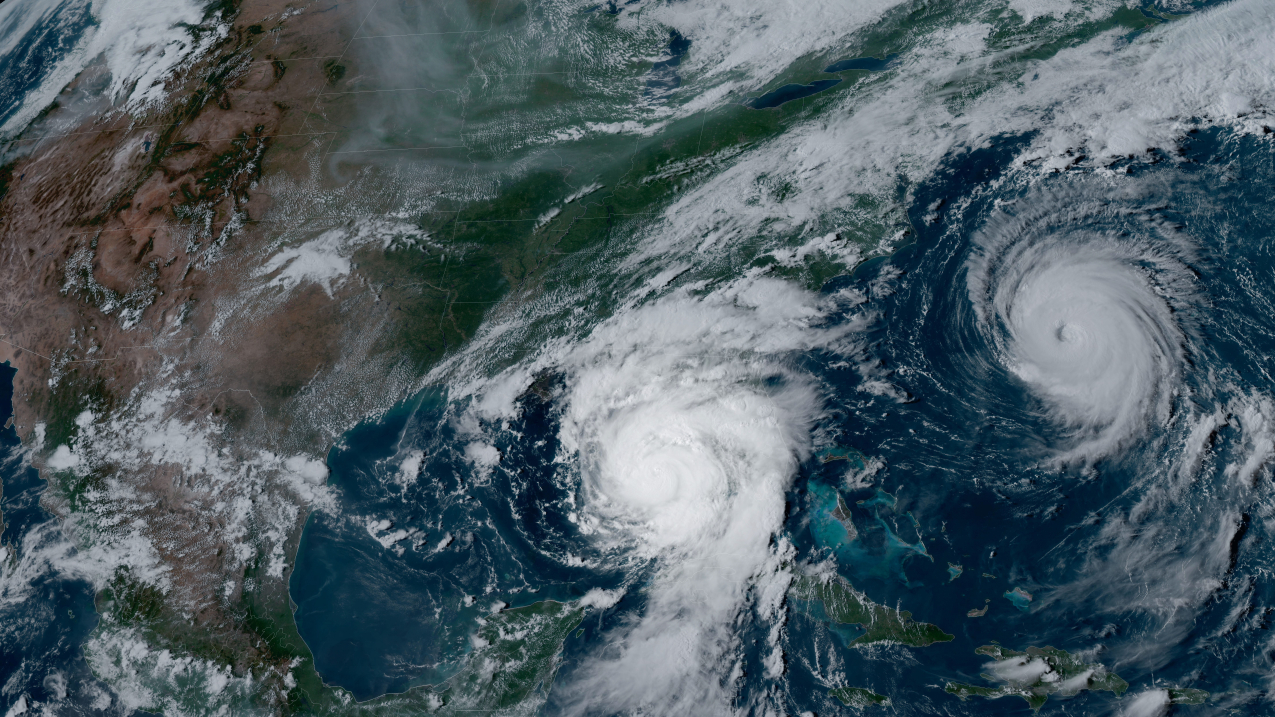When is Hurricane Season?
Hurricane season officially begins on June 1st and ends on November 30th each year. However, peak hurricane activity usually occurs between August and October, when ocean temperatures are warmest and atmospheric conditions are ideal for storm formation.

Key Dates of Hurricane Season
| Hurricane Season Phase | Dates | Activity |
|---|---|---|
| Start of Hurricane Season | June 1st | Tropical storms begin to form as ocean waters warm. |
| Peak Hurricane Season | Mid-August to Late October | This is when most hurricanes form due to high sea surface temperatures and favorable wind conditions. |
| End of Hurricane Season | November 30th | By late November, hurricane activity decreases significantly, although storms are still possible. |
Does Hurricane Season End Early?
While the official end of hurricane season is November 30th, it’s important to note that hurricanes and tropical storms can still form outside these dates. The risk significantly drops after November, but late-season storms have been known to occur. Keep an eye on weather updates from the National Hurricane Center for the most accurate information.
Why Hurricanes Form During the Summer and Fall
Hurricanes require warm ocean water and specific atmospheric conditions to form. The Atlantic Ocean is warmest during the summer and early fall, providing the energy hurricanes need to develop. Here’s a closer look at what triggers hurricane formation:
- Warm ocean water: Hurricanes feed on water temperatures of 80°F or higher.
- Moisture in the air: Warm air rises, creating low-pressure systems that allow storms to develop.
- Wind patterns: The Coriolis effect helps guide the rotating winds of a hurricane.

How to Protect Your Home During Hurricane Season
Whether it’s the start, peak, or end of hurricane season, it’s critical to ensure your home is prepared. At Citywide Mold Mitigation, we specialize in helping homeowners mitigate water damage and mold growth that often occurs after hurricanes. Follow these steps to protect your home:
- Install storm shutters: Protect windows and glass doors with impact-resistant shutters.
- Inspect your roof: Make sure your roof is in good condition to withstand high winds.
- Clear gutters and drains: Ensure rainwater can flow freely away from your home to prevent flooding.
- Store outdoor furniture: Bring outdoor items inside or secure them to prevent them from becoming dangerous projectiles during high winds.
For expert hurricane damage prevention, contact Citywide Mold Mitigation for assistance.

Why Mold is a Major Concern After Hurricanes
After a hurricane, mold growth is a common issue due to lingering moisture from flooding and storm surges. Mold can start growing within 24 to 48 hours of water damage, which is why mold remediation services like those offered by Citywide Mold Mitigation are essential after any hurricane. Mold not only damages your home but can also cause serious health problems, especially for individuals with respiratory issues.
When to Call Citywide Mold Mitigation for Help
If your home has been affected by a hurricane, it’s important to act quickly to prevent mold growth and further damage. Here’s when you should call Citywide Mold Mitigation for expert mold remediation:
- If your home has been flooded or exposed to high levels of moisture
- If you notice mold growing within days after a hurricane
- If you have respiratory issues or mold allergies
- If your home is located in a hurricane-prone area and needs preventative mold treatment
Our team specializes in removing mold quickly and thoroughly, ensuring your home is safe for you and your family.

FAQ
| Question | Answer |
|---|---|
| When does hurricane season officially end? | Hurricane season ends on November 30th, although storms can still occur after this date. |
| When is the peak of hurricane season? | The peak of hurricane season occurs between mid-August and late October when ocean temperatures are at their warmest. |
| Can hurricanes form after November 30th? | Yes, while rare, hurricanes can still form after the official end of the season. It’s important to stay prepared. |
| What should I do to protect my home during hurricane season? | Install storm shutters, inspect your roof, clear gutters, and secure outdoor items to prevent storm damage. |
| How can Citywide Mold Mitigation help after a hurricane? | Citywide Mold Mitigation offers professional mold remediation services to prevent mold growth after hurricanes and keep your home safe. |
Want to learn more about protecting your home during hurricane season? Contact Citywide Mold Mitigation for expert advice and mold removal services.

